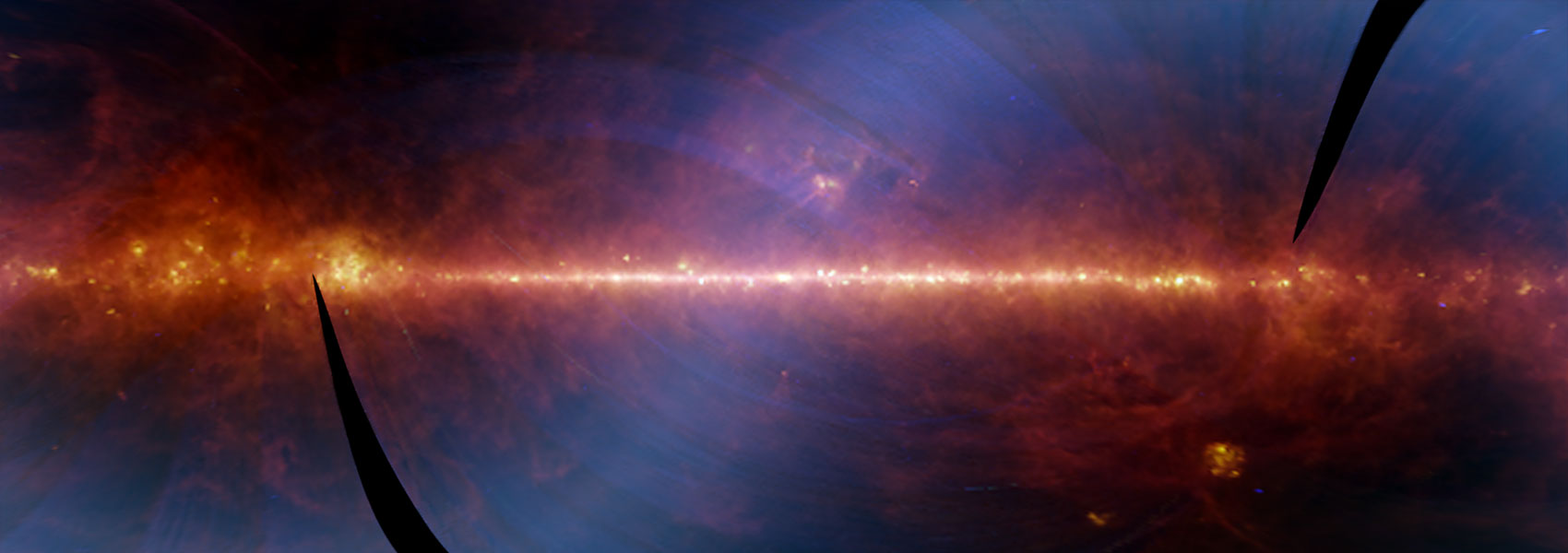November
2017
•
2017PASA...34...55G
Authors
•
Gruppioni, C.
•
Ciesla, L.
•
Hatziminaoglou, E.
•
Pozzi, F.
•
Rodighiero, G.
•
Santini, P.
•
Armus, L.
•
Baes, M.
•
Braine, J.
•
Charmandaris, V.
•
Clements, D. L.
•
Christopher, N.
•
Dannerbauer, H.
•
Efstathiou, A.
•
Egami, E.
•
Fernández-Ontiveros, J. A.
•
Fontanot, F.
•
Franceschini, A.
•
González-Alfonso, E.
•
Griffin, M.
•
Kaneda, H.
•
Marchetti, L.
•
Monaco, P.
•
Nakagawa, T.
•
Onaka, T.
•
Papadopoulos, A.
•
Pearson, C.
•
Pérez-Fournon, I.
•
Peréz-González, P.
•
Roelfsema, P.
•
Scott, D.
•
Serjeant, S.
•
Spinoglio, L.
•
Vaccari, M.
•
van der Tak, F.
•
Vignali, C.
•
Wang, L.
•
Wada, T.
Abstract
•
Our current knowledge of star formation and accretion luminosity at high redshift (z > 3-4), as well as the possible connections between them, relies mostly on observations in the rest-frame ultraviolet, which are strongly affected by dust obscuration. Due to the lack of sensitivity of past and current infrared instrumentation, so far it has not been possible to get a glimpse into the early phases of the dust-obscured Universe. Among the next generation of infrared observatories, SPICA, observing in the 12-350 µm range, will be the only facility that can enable us to trace the evolution of the obscured star-formation rate and black-hole accretion rate densities over cosmic time, from the peak of their activity back to the reionisation epoch (i.e., 3 < z ≲ 6-7), where its predecessors had severe limitations. Here, we discuss the potential of photometric surveys performed with the SPICA mid-infrared instrument, enabled by the very low level of impact of dust obscuration in a band centred at 34 µm. These unique unbiased photometric surveys that SPICA will perform will fully characterise the evolution of AGNs and star-forming galaxies after reionisation.
Links




